Free Tropical Runtz seeds on orders over $150!
When looking for grow lights, you may have come across terminology like LUX, PAR, PPF, or PPFD, but what do they signify for your cannabis growth? Determine which ones require the most attention for the highest and greatest yields.
The higher the energy concentration, the shorter the wavelength of light. Although energy is required for photosynthesis, light also serves as an “information source” for cannabis plants. Various light spectrums cause plants to respond to their surroundings differently, informing them on how to live, flourish, and reproduce. As a result, the light composition is as essential to the cannabis plant as light energy. To “take in” the information provided by the light spectrum, cannabis plants utilize different pigments, or photoreceptors, that are sensitive to various wavelengths.
Photosynthesis is the process through which plants generate energy from sunlight, water, and carbon dioxide, releasing oxygen as a byproduct. The prefix “photo-” alludes to light, while the suffix “-synthesis” refers to the creation of new chemicals. The process occurs within thylakoids, chloroplast membranes loaded with chlorophyll. Chlorophyll is a plant component that gives plants their green color. After extracting energy from light, chlorophyll uses this energy to fix carbon dioxide (CO2) and eventually make sugars, which the plant needs for energy.
Because light is one of the most significant components in plant development, assessing the light intensity and coverage is critical for maintaining an optimal plant count in the garden. If your indoor garden is overloaded with plants, it’s possible that some of them aren’t getting enough light. When an indoor crop obtains an excess of light covering, the production will likely grow to a certain degree. However, at a certain degree of light, a plant’s photosynthetic activity becomes saturated, and increasing light no longer produces equally much output or even decreases production.
The three fundamental colors of light are red, blue, and green. Chlorophyll receives and reflects red, blue, and green light. While various ranges may become more or less prevalent during the year, natural plants will always get predominantly white light.
Blue light is critical during the early stages of plant growth. It boosts chlorophyll synthesis and promotes quick, healthy root growth. Some seeds will not grow unless they are exposed to blue light. Plants that receive enough blue light have robust, healthy stems and leaves. Blue light is significant during the seedling and vegetative phases because it limits internode elongation, resulting in more compact plants.
Green light improves human eyesight. It is critical to detect various nutritional issues, illnesses, and pests. Because plants do not absorb much green light and do not utilize it for photosynthesis, it has little effect on growth. During the dark period, you may use a green light to observe the plants without interfering with the blossoming process.
To create high-quality, profuse blooms, red light is required during the vegetative stage and especially during flowering. However, some red light is needed for root and bulb development in the early stages of plant development. Red light is the most effective in promoting photosynthesis.
PAR provided to a specific area per second is measured by photosynthetic photon flux density (PPFD). The sole measurement that tells us how much usable light is supplied to and absorbed by the plant is the PPFD. A spectroradiometer may be used to measure PPFD. Continuously measure PPFD at various heights and sections of the canopy to determine how well your grow lights are operating. The greater the PPFD number, the closer the plants are to the light source. Furthermore, the maximum PPFD value is seen near the center of a light’s beam. As a result, changing the height and density of your light fixtures will directly impact the PPFD conditions of your crop’s canopy.
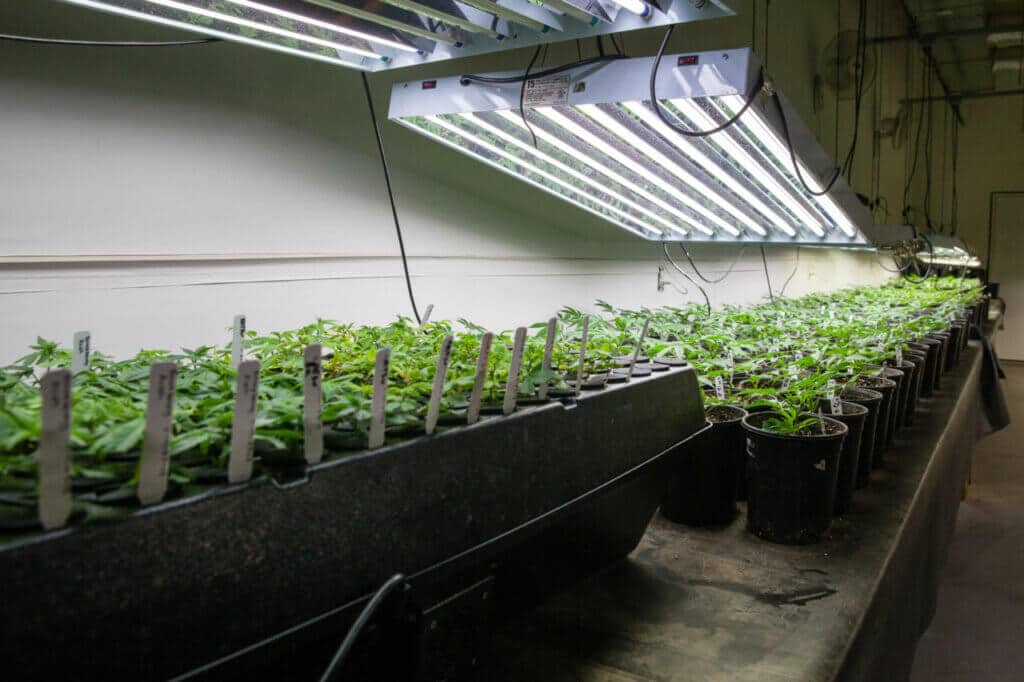
Note: It is feasible to convert lux and foot-candle to PPFD and vice versa, but the process is complicated. Many internet calculators, however, can provide an estimate.
PAR refers to active photosynthetic radiation and corresponds to light wavelengths in the 400-700nm range. It is described as the sort of light necessary for photosynthesis by plants. A PAR meter or a spectroradiometer is required to measure PAR. PAR meters give helpful information on the quantity of photosynthetic light transferred to the sensor. PAR is computed using a carefully calibrated sensor that monitors quantum flux or the amount of light photosynthetic that strikes the sensor.
Lumens are measurements for the amount of visible light emitted by a source, independent of its surface. Lux and Lumens are often mistaken for one another. To show the difference, a grow lamp generates 50.000 lumens, while the readings in a 1 square meter grow tent will be 50.000 Lux. Conversely, the same grow light in a 2 square meter grow tent will register 25.000 Lux. The candela is the fundamental unit of light intensity (a single lit candle gives off roughly 1 candela). A lumen is an exact measure of brightness that is one candela per steradian (an area in a cone shape beginning from the light source).
Additionally, lumens are not to be confused with watts, which relate to the energy usage of a light source. Most light meters will automatically convert lux to lumens for you. Using the formula lumens = lux area, you may also calculate it yourself.
Foot-candles are units of measurement for light intensity. It does not measure light at the point of origin. It instead measures the brightness of the region that is being lighted. A foot-candle is one lumen of brightness per square foot measured one foot distant from the light source. A light meter may be used to calculate foot-candles. A light meter employs a sensor to convert light energy into an electrical charge, which provides the user with a readout. Most light meters display data in lux or foot-candles. Simply lay the meter on the surfaces you wish to measure, giving you a reading.
The unit of measurement LUX refers to how much light a surface receives. It is a unit of measurement comparable to foot-candles; however, it measures light in square meters rather than square feet. If you need to make a comparison, remember that one foot-candle equals 10.76 lux. A light meter may also be used to calculate Lux. Foot-candles and lux are not ideal instruments for configuring the lighting in your grow room, but they can provide a better indicator than our own eyes. A light meter tells you whether the space can be appropriately lighted or whether you must reconsider your grow light selection.
When coping with plant lighting conditions, lux and foot-candle may not adequately represent the proper light intensity required for photosynthesis. Measure PPFD if you want to achieve optimal illumination for your plants (expressed by PAR). Since all lighting is supplemented, indoor plants require significantly more care than outdoor plants. Because you control every part of the growing process, keeping track of how much or how little light your plant receives is critical.
With grow lights, calculating wattage is very difficult. It’s an unfortunate byproduct of marketing strategies used by firms to make fairly comparable grow lights appear distinct. Accurate grow light wattage may be calculated by calculating how many watts your grow light draws from the outlet. Metal Halide (MH) and High Pressure Sodium (HPS) grow lights are straightforward since the wattage indicated in the name is often what is drawn from the outlet.
Nevertheless, there are two wattage values to grasp with many contemporary LED grow lights. The initial is the overall wattage of the LED chips individually. A “2000 watt LED grow light” is likely made up of 200 10-watt LED chips, which is why it is referred to as such. However, the second number—the amount of electricity a grow light draws from the wall—is a stronger indicator of a grow light’s power.
Additionally, a 2000-watt LED grow lamp may only use 500 to 600 watts at the wall. This figure is more accurate since the light intensity (PPFD), and wattage at the wall are more closely connected. This explains why grow lights with identical wattage claims can have very different light outputs since they all use different amounts of power from the wall.
Remember that metrics are everything when selecting the best cannabis lighting system for your plants! When selecting a lighting system, keep PPF, PPFD, and photo effectiveness in mind. Furthermore, the most crucial element to consider when purchasing an LED grow light or setting up a grow room is having a proper PPFD intensity for your plants. Aim for at least 20 moles of light every lighting session. If you want to optimize yield, aim for 40 moles. If the manufacturer does not make such metrics open and accessible, they are most likely not the manufacturer for you. Have fun growing!
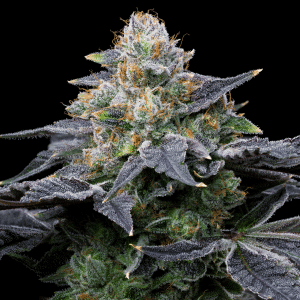
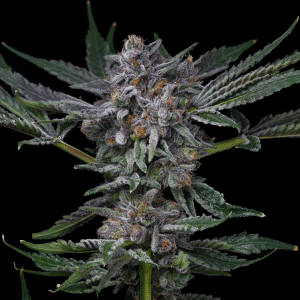
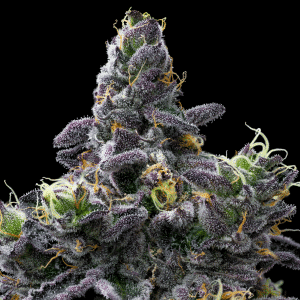
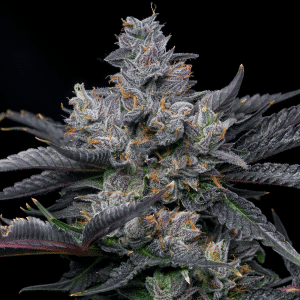
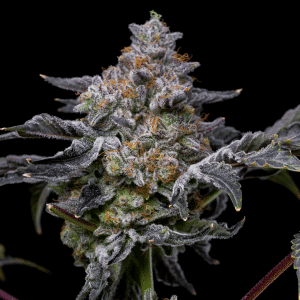
Offers
This product is not for use by or sale to persons under the age of 18. This product should be used only as directed on the label. It should not be used if you are pregnant or nursing. Consult with a physician before use if you have a serious medical condition or use prescription medications. A doctor’s advice should be sought before using any hemp products. All trademarks and copyrights are property of their respective owners and not affiliated with nor do they endorse this product. These statements have not been evaluated by the FDA. This product is not intended to diagnose, treat, cure or prevent any disease. By using this site you agree to follow the Privacy Policy and all Terms & Conditions printed on this site. All products contain less than 0.3% Cannabinoid-compliant with applicable Federal Laws. Please make yourself aware of any and all applicable laws regarding hemp in your jurisdiction. Premium Cultivars accepts no liability or responsibility regarding germination laws in any specific locale state or national jurisdictions.THCA products are not available for shipment to the following states: Hawaii, Idaho, Minnesota, Oregon, Rhode Island, Utah, Vermont *Note: Products with Total THC content above 0.3% must not be shipped to these states.
We want to help you get your hands on the seeds you want, take 20% off your next purchase when you enter your email below!
We want to help you get your hands on the seeds you want, take 20% off your next purchase when you enter your email below!